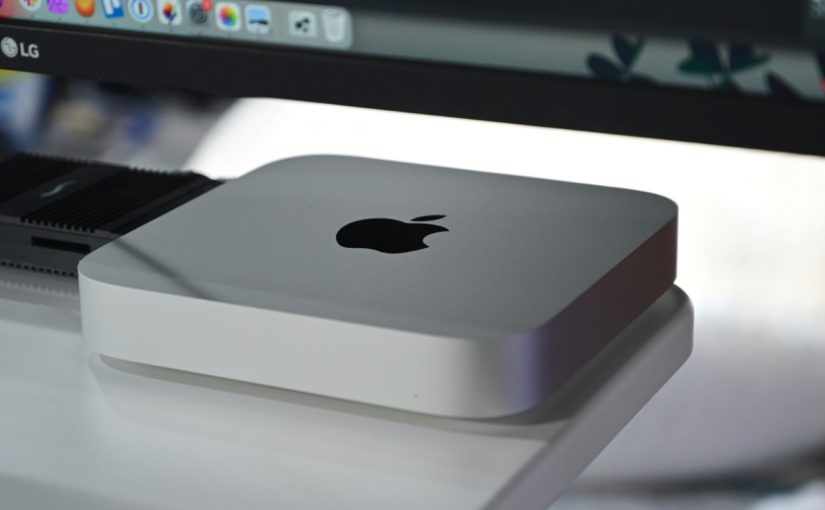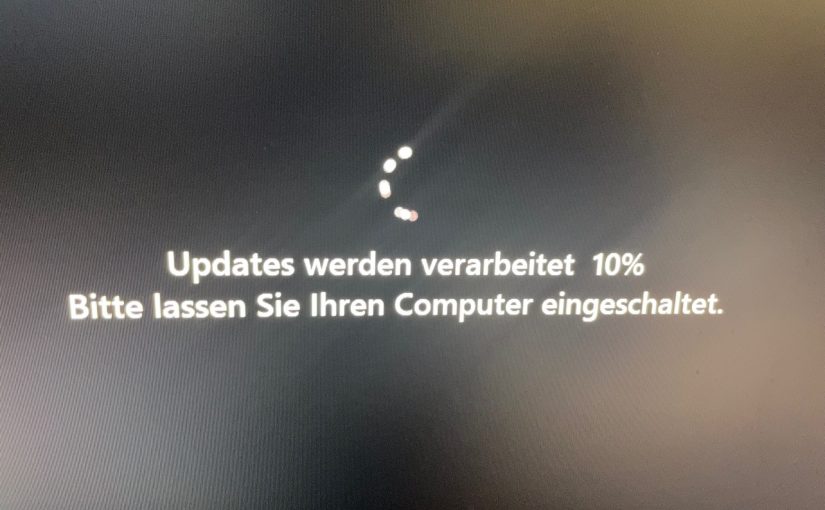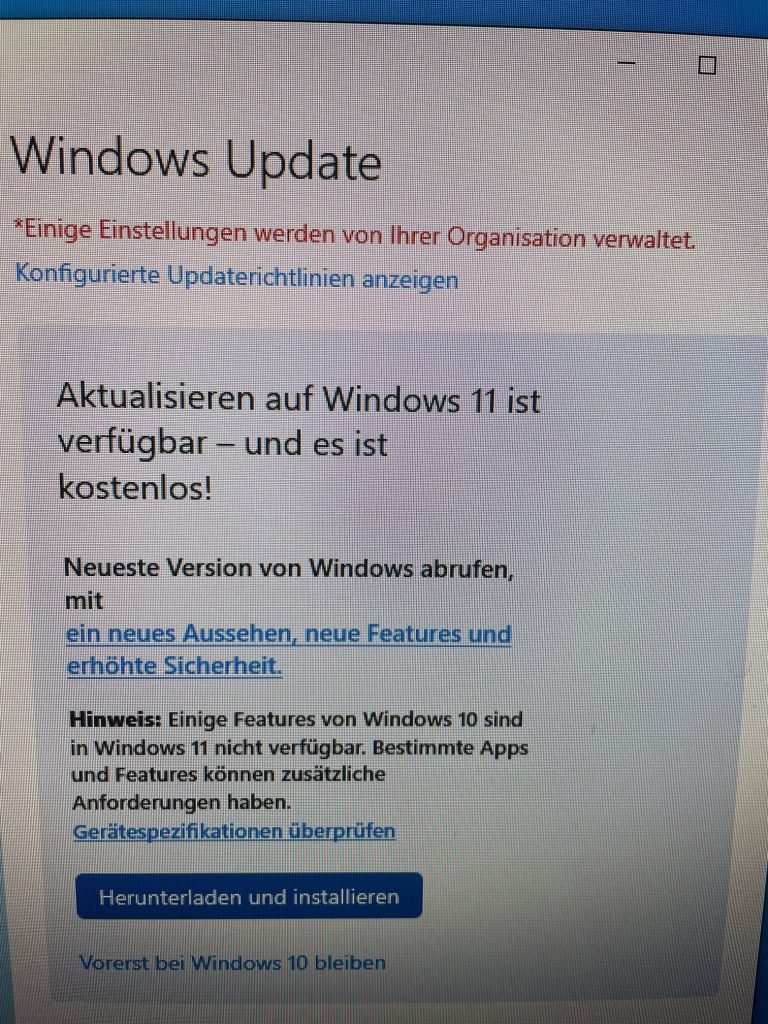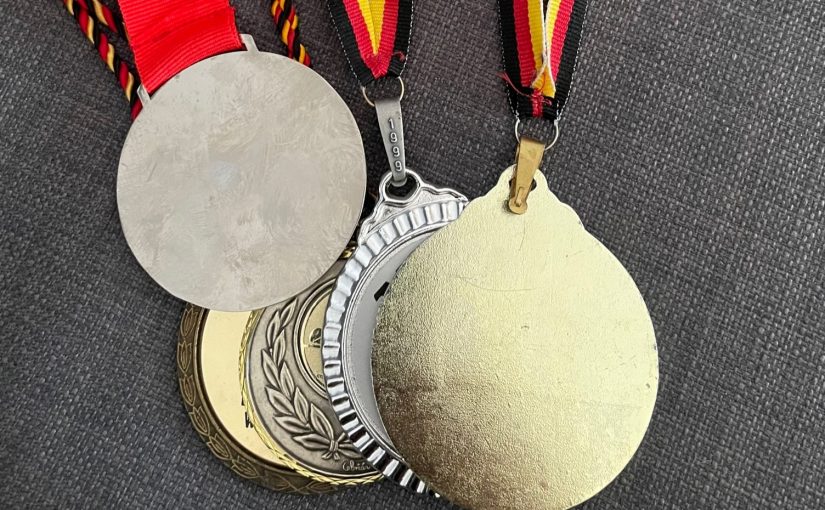As I have written before, I don’t really care which computer I use. I can be an Apple, a Windows machine, or something else. I have an old Mac Mini from 2014 that I use for managing my music library, for some playback, and minor audio editing stuff. Lately, I was more and more frustrated, because the machine seemed to get slower and slower. I took ages until it started and was usable. Also, there was a lot of dead time when the machine seemed to be idling.
So I started to do some research whether I can fix or whether I need something new. The hardware is still good for a Mac Mini: 2.6 Ghz, 16G of RAM, and 1TB hard disc. How to unleash this power again on an 8 year old computer?
I found this step-by-step guide that contains many useful links like cleaning up autostart items, remove slowing down settings with the free tool KnockKnock, cleaning up the hard disc, etc. I found that I have already applied some of these tipps but some not. I went through the entire exercise but the results were not that promising. Startup time was better, but responsiveness not.
During my research I have also found some commercial tools helping you to clean and speed up your Mac. You can find a comprehensive description of “CleanMyMac X” here. The software is very powerful and goes much deeper than anything you can do yourself. Besides an initial “get clean” scan, it can be used to “stay clean” and stay happy. My Mac Mini feels like a new machine and the tradeoff is great: 50 EUR for a perpetual license (break even of subscription in 2 years) vs. re–installing the OS and the apps vs. buying something new.
ADDENDUM: after a few days working with the Mini, I still can’t believe it. It feels like a new machine and is all fun again. Thanks to the IT god for the healing.



